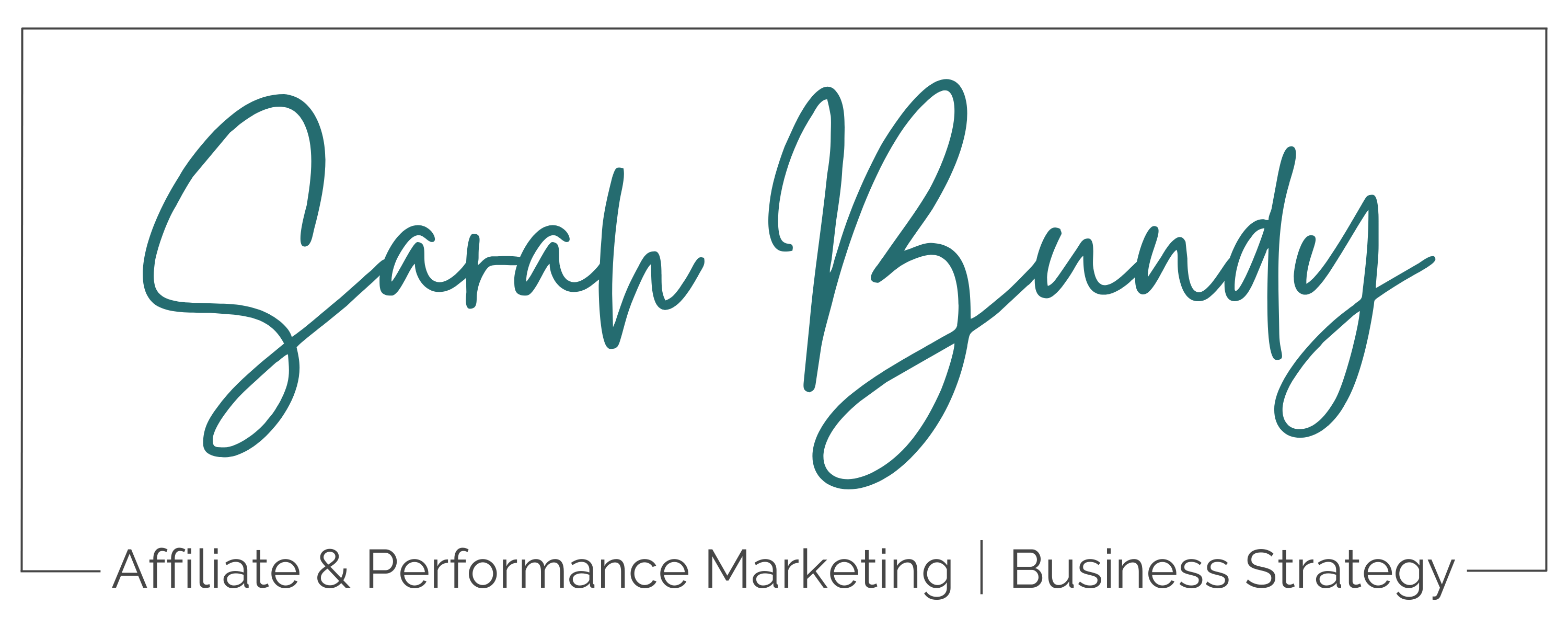Welcome
Hi! Thanks for stopping by! My name is Sarah Bundy and I’m pleased to meet you. As an affiliate marketing expert who specializes in performance marketing, digital strategy and eCommerce, I look forward to learning about how I can help you reach your online and omni-channel business objectives.

Digital Marketing Strategy
Contact me for a best-in-class strategy or evaluation of your affiliate program. Driving new customer acquisitions, profitable sales growth and a diversified partner portfolio.
Affiliate Program Management
Looking to hire an award winning team of affiliate and performance marketing experts to help grow your program?
Click here to learn more.

Board of Directors Consulting
If you are looking for an advisory director or board member with digital and performance marketing expertise, please get in touch, I’d be happy to discuss. I’d be happy to discuss.
recent blogs
“She has the unique ability to identify opportunities for sustainable business growth”
Sarah embodies one of those anomalies in the business world that I believe most entrepreneurs strive to become. She has the unique ability to identify advantageous- but less-than-obvious- opportunities for sustainable business growth, which is a rare gift indeed. I’ve had the pleasure of working with Sarah on many occasions and witnessed first hand both her strive for mastery of all things digital marketing and her tenacity as a businesswoman.
– Chad Waite, Avantlink





